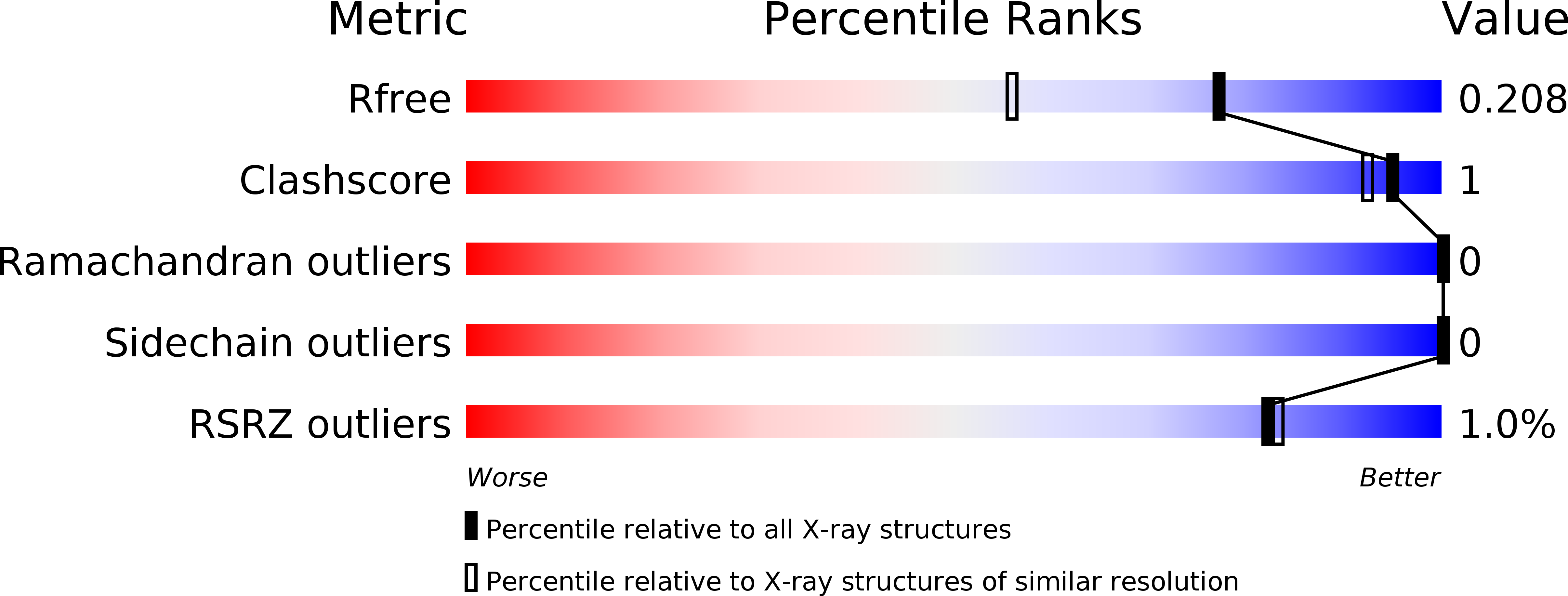
Deposition Date
2013-05-29
Release Date
2013-07-24
Last Version Date
2023-09-20
Entry Detail
PDB ID:
4KYQ
Keywords:
Title:
Structure of a product bound plant phosphatase
Biological Source:
Source Organism:
Arabidopsis thaliana (Taxon ID: 3702)
Host Organism:
Method Details:
Experimental Method:
Resolution:
1.64 Å
R-Value Free:
0.19
R-Value Work:
0.15
R-Value Observed:
0.15
Space Group:
P 21 21 2


